Freshwater Community Energy Relationships – Producers & Consumers
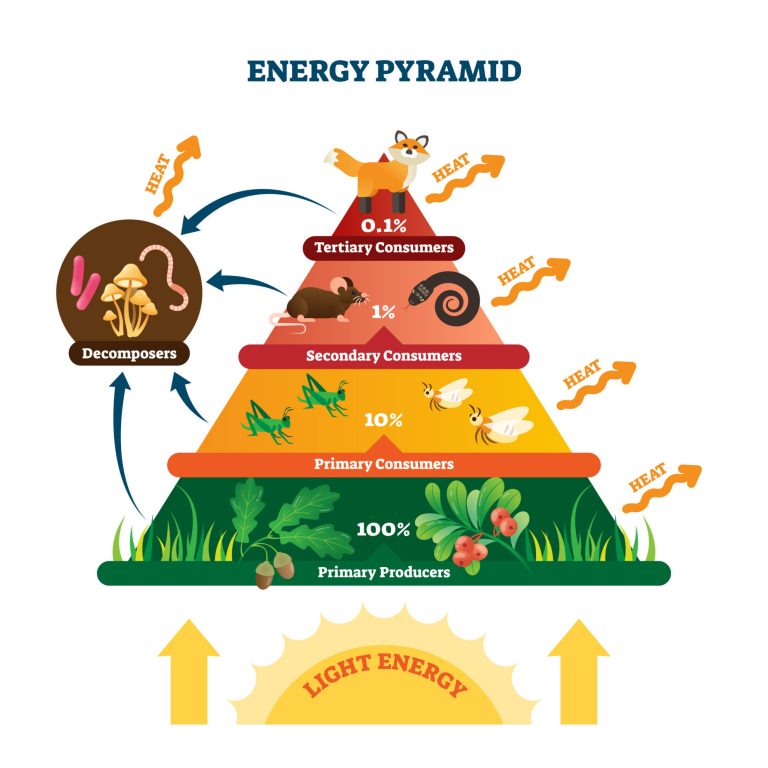
Energy pyramid
The previous tutorial on producers and consumers noted the reliance that organisms have on one another to obtain energy to survive and reproduce. Energy simply moves along in a simple chain like this;
Plants attain energy via photosynthesis adding to the overall energy available in the ecosystem.
Herbivores feed on these plants to attain their energy, while omnivores also eat animal organic material as a means of food.
Carnivores eat these herbivores and other carnivores and so forth
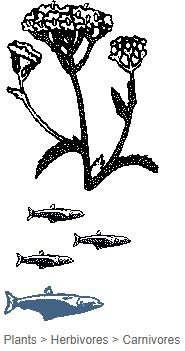
When energy is passed on, there is always a net loss in the energy that is available in the ecosystem. This is because some energy is always lost somewhere along the line due to inefficiencies and waste produced by each of the organisms that contain some of the biological energy that was created inside them. Detrivores will feed on this waste matter, and once again the energy will be re-siphoned back into the food chain.
Plants, along with other organisms will inevitably die out, and the organic material produced by these dead plants decomposes into the soil, allowing new energy to be stored in the nutrient soil for plants to re-absorb.
The food chain diagram is a simplified food chain that results from such relationships, where organisms of a species gain energy from a source and pass it on in a continuous chain.
Ecological Pyramids
Food chains that allow a diversity of species to survive are divided into trophic levels, with plants providing the first trophic level as they are the primary producers of most food chains. In almost all freshwater ecosystems, animals will be present and form part of the many grazing food chains in the area. Other organisms leach the energy from dead organic matter forming detritus food chains. Such relationships allow the free flow of organic energy to be passed along from species to species and provide an environment where food is available for them to survive.
The most important fact to be taken from this is that no matter what species occupies an area, chances are they will require another species to be in abundance in the area for feeding. The population of a particular species will depend on density-dependent and density-independent factors, therefore the abundance of food in the ecosystem (a density-independent factor), comes into play. The prey of a particular species will also require the existence of a food source for them to survive, and so forth.
Therefore, we can see how the complex interrelationships between organisms allow an ecosystem to support such a wide variety of organisms. Plants are the essential constituent for a healthy freshwater ecosystem, being the primary producers and harnessing energy from sunlight, they provide the building blocks and energy to allow the arrival of herbivores, and subsequently omnivores and carnivores into the ecosystem.
You will also like...
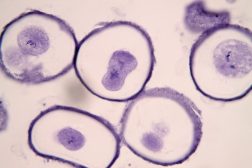
Meiosis – The Genetics of Reproduction
Meiosis is a form of cell division that creates gametes. It is comprised of two divisions that in the end, the resulting..

Population Growth and Survivorship
This lesson looks at population attributes, regulation, and growth. It also covers population genetics, particularly gen..
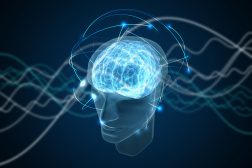
Consciousness and Behavior
Human consciousness and behavior are an interesting topic since they are determined and controlled by the brain. Conscio..
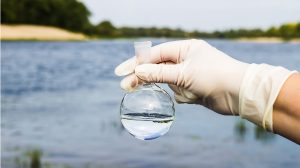
Freshwater Ecology
Freshwater ecology focuses on the relations of aquatic organisms to their freshwater habitats. There are two forms of co..
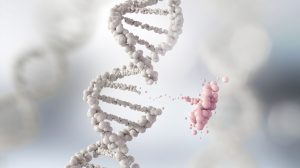
Control of Growth & Development
Control of Growth & Development tutorials look at how the genetic makeup determines the biological processes on a da..
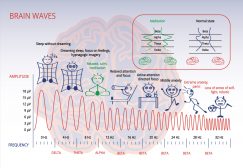
Sleep and Dreams – Neurology
While learning and intelligence are associated with the functions of a conscious mind, sleep and dreams are activities o..
